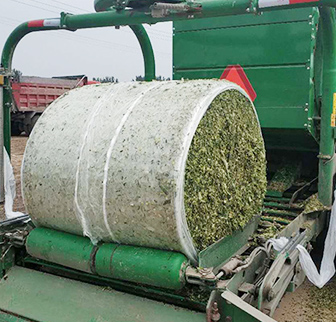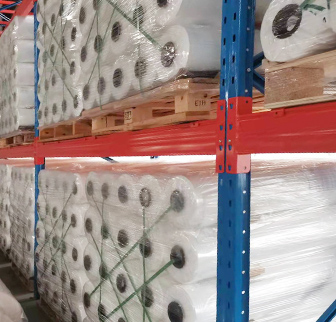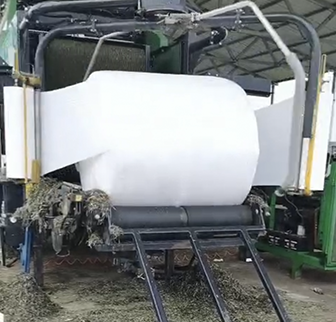Silage wrap is a blown film most commonly used in high-moisture baling. The blown film allows the wrap to expand and contract with changing temperatures. Baling with high moisture has become increasingly popular because it allows an earlier harvest time while avoiding typical rain damage in dry baling. This wrapping technique is best for preserving silage while keeping specific oxygen inside the bale while keeping the rest out. It also ensures getting the most out of your bale because of its security and durability.
Silage wrap layers have nothing to do with thickness. The more layers a wrap has, the denser it is.
A wrap film with multiple layers typically has different attributes throughout them. Outer layers contain a UV stabilizer while inner layers have more puncture resistance.
The millimeter number on the size is the thickness of the silage wrap film. Silage wrap comes in 1 or 1.5-millimeter options.
When to Wrap - We recommend wrapping no more than 24 hours after baling to begin the fermentation process. The longer you wait to wrap, the more oxygen the bale will encounter, preventing fermentation.
Where to Wrap - Wrap close to where the bales will be stored to reduce handling and risk of damage. The bales will begin fermenting shortly after being wrapped, so moving them during this stage may cause them to burst. If you must move them after wrapping, wait at least 24 hours to do so to prevent bursting from fermentation gases.


